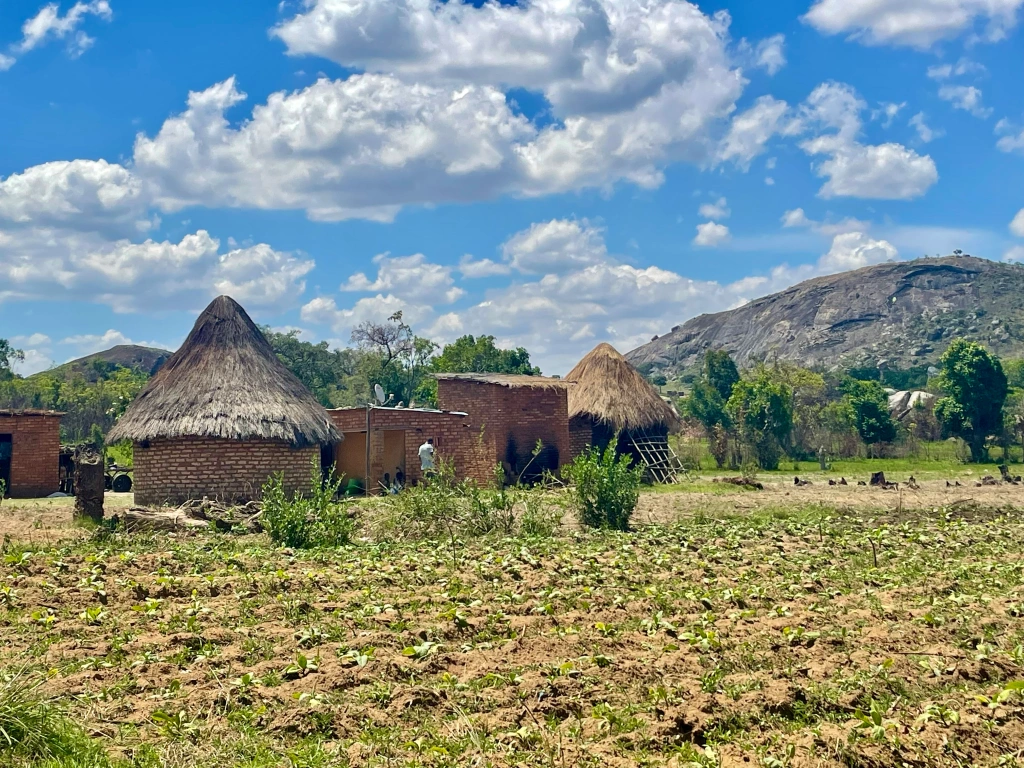
Land tenure reform is the big topic across sub-Saharan Africa amongst governments and donors alike.
But how does it work, what are its consequences and how do interventions imposed from outside intersect with existing tenure and land governance arrangements?
These are some of the questions explored in a new open access book, Land Tenure Reform in Sub-Saharan Africa: Interventions in Benin, Ethiopia, Rwanda, and Zimbabwe by Steve Lawry, Rebecca McLain, Margaret Rugadya, Gina Alvarado and Tasha Heidenrich.
Across nine chapters, the book focuses in on four case studies, where interventions are analysed.
Three focus on registration and certification projects (Rwanda, Ethiopia and Benin) and one on a land redistribution intervention (Zimbabwe).
Through a realist evaluation approach that explores the outcomes of these interventions in relation to such criteria as tenure security, economic activity, finance/credit leverage, gender empowerment and so on (essentially the claims of the project promoters), the book explores how the interventions landed in these different contexts.
Customary systems persist
Despite the grand claims around tenure reform interventions involving land demarcation, registration and certification, the outcomes are more ambiguous.
- Open letter to President Mnangagwa
- Feature: ‘It’s worse right now than under Mugabe’: Sikhala pays the price of opposition in solitary cell
- Masvingo turns down fire tender deal
- Human-wildlife conflict drive African wild dogs to extinction
Keep Reading
Much depends on context, and the way existing tenure systems – most based on customary systems involving a mix of individual and communal use – function and adapt in the light of the new intervention.
Customary systems come in many shapes and forms and are always evolving, but they have some important features that the book outlines.
These include their socially-embedded nature; their reliance on descent-based systems for ownership and inheritance (either patrilineal or matrilineal); their selective inclusivity, dependent on cultural norms and roles; the fuzzy, overlapping nature of boundaries and the mix of individualised and collective use.
The recognition of diverse, existing customary systems is an important lesson for those – such as the World Bank and many other donors – promoting new land tenure projects across Africa, as discussed in a recent blog reflecting on the World Bank land conference.
The promotion of such approaches as solutions to assumed insecure tenure and lack of investment in land and agriculture is premised on a set of assumptions about the relationships between land, livelihoods and economic activity that are not always held up in practice.
Even the iconic cases, so often touted as the solutions, such as Rwanda and Ethiopia, have a more complex story.
The chapters on these two cases are interesting and highlight literature, including interestingly from the promoters of the schemes, that question some of the assumptions.
For example, in Rwanda, Ali, Deininger and colleagues show in a 2019 paper that 87% of transactions five years after the land registration drive were not registered.
Rather than relying on the new system rolled out at significant cost (even though cheaper than a full cadastral registration, it was not cheap), people made use of existing systems of trust as the basis for exchange amongst kin, neighbours and known outsiders.
Land markets in Africa are not the anonymous, individualised exchanges of economics textbooks, but social affairs, embedded in trust relations that emerge over time.
Assuming that a new system, no matter how technologically-sophisticated, neat and ordered, will displace this is naïve and misplaced.
Intervention contexts matter
A core argument of the book then is that interventions have to be understood not just in their own terms but in relation to the context for intervention.
This is social, complex, relational and steeped in memory and history.
The authors find that in Ethiopia and Rwanda the registration and certification schemes, even though essentially formalising existing customary arrangements, did increase tenure security and helped with overall stabilisation and, with joint registration, had a beneficial impact for women.
This was because the interventions came at a time when customary systems had been heavily disrupted by political change, conflict and economic turmoil.
By contrast, in Benin, the same intervention had much less impact, as the existing customary arrangements were functioning relatively well.
Despite the claims, they find that “there is limited evidence… of meaningful gains to agricultural investment and productivity attributable to certification.”
The Zimbabwe story: how land reform arrived in a complex setting
The Zimbabwe case in the book is a bit of an outlier, as it deals with a rather different type of ‘intervention’. It focuses on the post 2000 land reform and takes the fast track land reform programme (FTLRP) as the case.
As readers of this blog know, this is not a comparable type of intervention, as it was not a project with clear parameters of design.
The FTLRP was a rather post hoc attempt to regularise what already had happened through land invasions and a hasty attempt to demarcate areas and differentiate A1 (smallholder) and A2 (medium-scale) farms in line with previously defined approaches, with land ceilings and villagised/self-contained land use arrangements.
The chapter does highlight how the emerging tenure regimes were again a negotiated compromise between existing systems, whereby forms of customary tenure were imported from the communal areas into A1 areas through the installation of chiefs, headmen and so on, once the seven member committees declined in power, and imposed systems with offer letters, leases and so on.
The outcomes are of course again ambiguous, as extensively reported on this blog, with some farmers in some places doing well (mostly A1) and some less so (mostly A2).
The overarching story in relation to land tenure is that hybrid, negotiated systems in the A1 areas in particular offered levels of tenure security that allowed for investment, but in A2 areas the failure to regularize 99-year leases had left many in limbo.
There is no magic bullet: why planners need to understand diverse customary systems
The overall point that comes out across the book is that in thinking about interventions, planners need to have a good knowledge of the way existing customary (and their many hybrids) systems operate.
This is rarely the case, and interventions in land tenure assume a tabula rasa, a blank slate, where tenure insecurity and informal chaos reigns, which is assumed to prevent investment and undermine transformative development.
This is the technocratic dream of the planner – that their magic bullet intervention will solve all ills.
Today land tenure reforms are becoming more sophisticated, with satellites and drones helping with the demarcation and complex digitized registries helping with certification.
This seems to enhance the legitimacy and allure of such interventions, despite their many shortcomings.
That they do not always result in the type of outcomes expected and that existing systems are not completely hopeless should not be a surprise.
But, as discussed in an earlier blog, the bandwagon of demarcation, registration and certification as the solution is seemingly unstoppable.
This book, therefore, offers an important note of caution, with a plea for anyone involved in such schemes (and there are many with millions of dollars backing them) to step back and think about how and where they land.
This is always in complex, historically-constituted and social landscapes, where customary systems, in many forms, persist.
As the authors note, customary systems “continue to serve the interests of large sections of their members.
Most customary rights holders, both men and women, are poor, and in the face of uncertain and modest economic prospects in the larger economy find a measure of social and economic security in rural place-based social systems that provide, through customary tenure, access to land—a foundation of cultural identity, community solidarity, and livelihood opportunity—as a social right.”
*This blog was written by Ian Scoones and first appeared on Zimbabweland.









